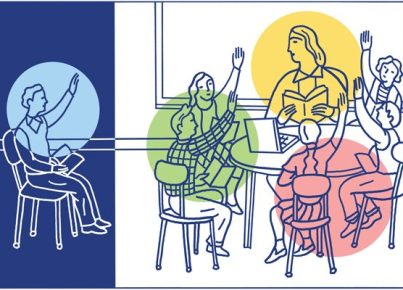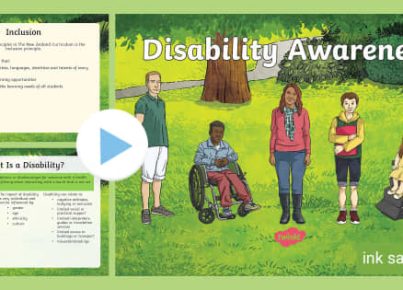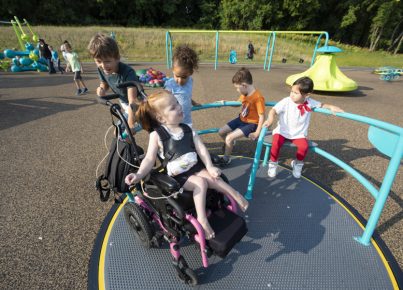Introduction
Disability discrimination is a prevalent issue that affects the quality of education of millions of students worldwide. In schools, disability discrimination occurs when students with disabilities are treated unequally or unfairly due to their physical, mental, emotional, or learning challenges. This ongoing problem can take several forms, including harassment, exclusion from activities and programs, and inadequate access to educational resources. This article sheds light on the reality of disability discrimination in schools and offers potential solutions to promote an inclusive and accessible learning environment for all.
The Reality of Disability Discrimination in Schools
Schools should be safe spaces where students feel valued, respected, and at ease. However, students with disabilities often encounter a variety of barriers that hinder their learning experience. These obstacles include negative attitudes from educators and peers, insufficient support and accommodations, inaccessible facilities and resources, and inadequate teacher training in special education.
1. Negative attitudes: Students with disabilities may face stigma due to their challenging conditions. As a result, they may be subjected to bullying or social exclusion by classmates who misunderstand their differences. Inadequate support from school staff can intensify feelings of alienation and isolation.
2. Insufficient support and accommodations: To thrive academically, students with disabilities require individualized learning plans and additional resources tailored to their specific needs. Unfortunately, many schools lack the necessary funding or expertise to provide these vital services.
3. Inaccessible facilities and resources: Physical barriers can significantly impede a student’s ability to participate fully in school activities. For instance, a wheelchair user might struggle to navigate buildings without ramps or elevators.
4. Inadequate teacher training in special education: Educators may lack the knowledge or skills needed to effectively support learners with disabilities. This can result in decreased engagement and academic achievement for these students.
Addressing Disability Discrimination in Schools
Ensuring all students are treated fairly and given equal access to education is a moral and legal obligation. To combat disability discrimination in schools, the following steps must be taken:
1. Increase awareness and understanding: Developing a school-wide culture that embraces diversity and promotes empathy is crucial. Providing training on disability awareness for staff and students, encouraging empathy-based education, and implementing anti-bullying programs can help foster a more inclusive environment.
2. Implement individualized learning plans: Students with disabilities should receive tailored support to meet their unique needs. This may include modified lessons, additional tutoring, assistive technology, or specialized support staff.
3. Make facilities accessible: Undertaking audits on campus accessibility can highlight barriers that need to be addressed. Creating universal design principles, such as ramps, elevators, and adjustable desks, will ensure that students with disabilities can navigate school grounds without limitations.
4. Invest in special education training: Teachers must have the skills to address the complex needs of students with disabilities effectively. Providing ongoing professional development focused on special education will ensure teachers are equipped with the knowledge and resources they need to support these students successfully.
Conclusion
Disability discrimination in schools is an ongoing concern that hinders countless students from receiving an equal education. By addressing attitudes about disability, providing appropriate accommodations and support, ensuring accessible facilities and resources, and investing in teacher training in special education, schools can begin breaking down barriers for all learners. In fostering an inclusive educational environment, we are not only complying with legal requirements but also upholding the fundamental right of all students to learn without discrimination.





